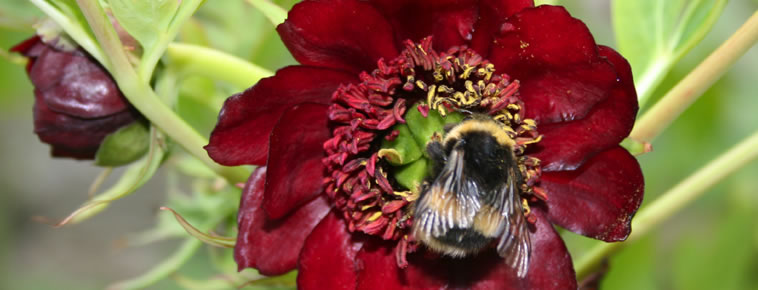
If you would like a copy of the 2024 list please send your email address to wmattingley@btinternet.com It will be easier to download a copy via email rather than from the website. We still have most seed available.
For the 2025, seed list please send your email address and in late November/early December 2025 we will email you the list. Seed will be sent out in early 2026.
Thank you
